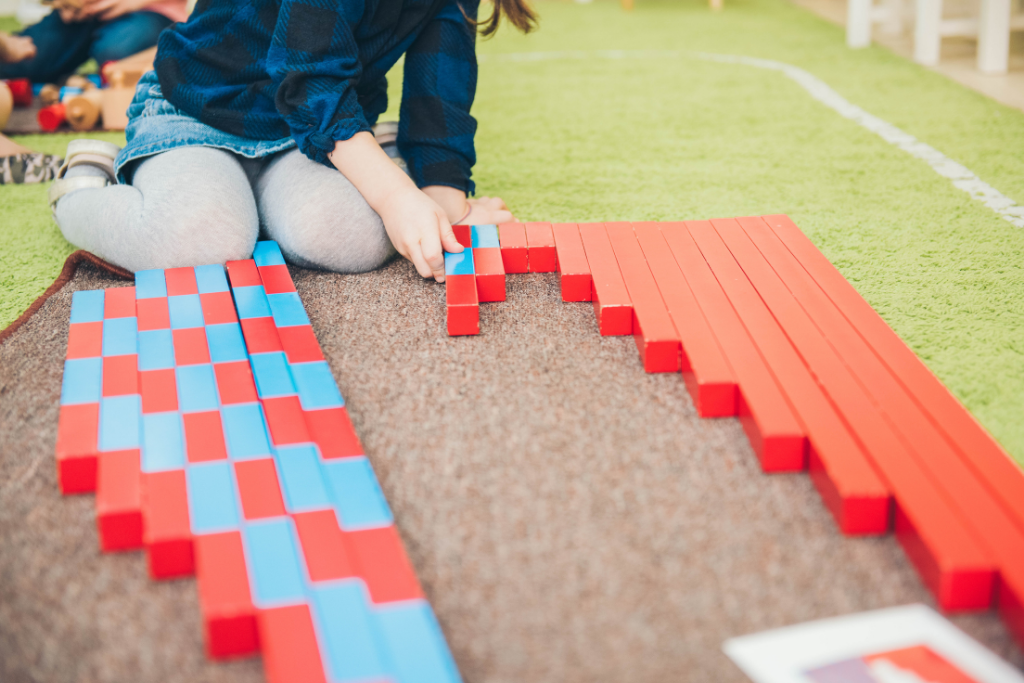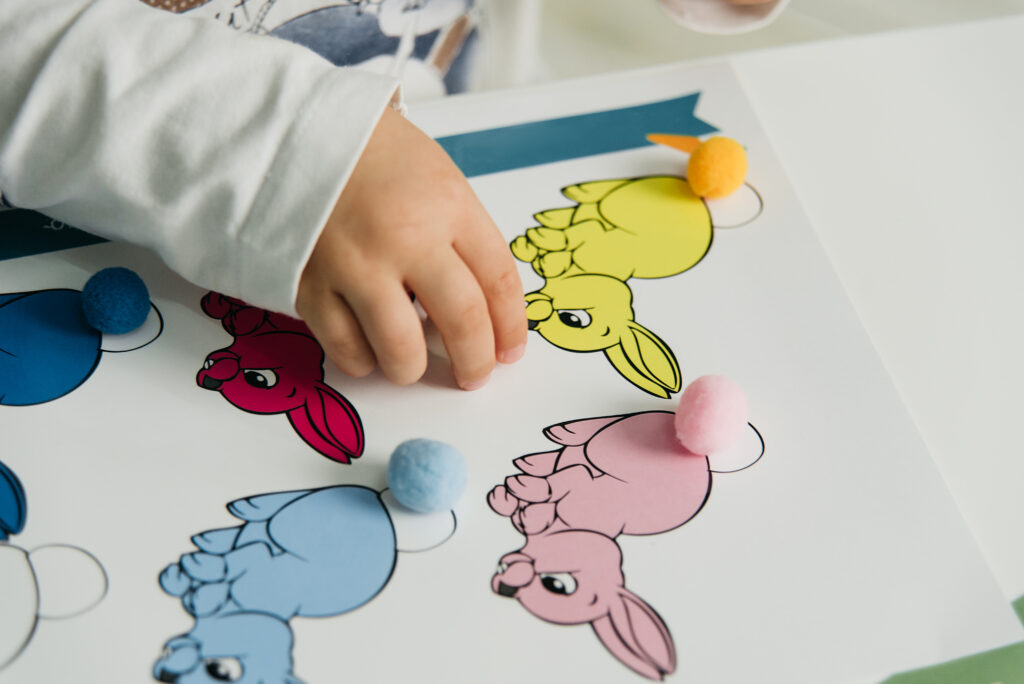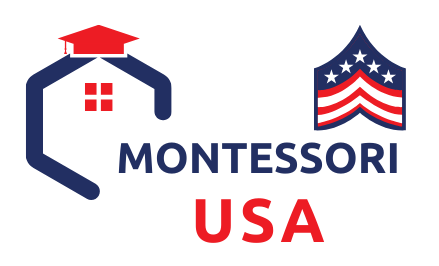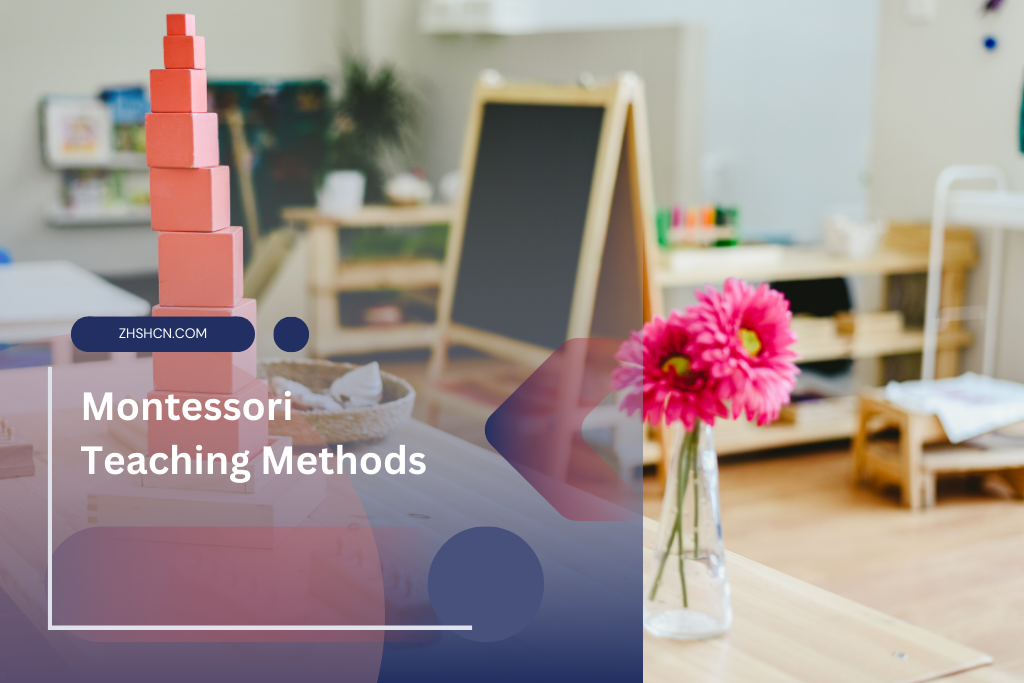Montessori teaching methods are a child-centered approach to education that emphasizes self-directed learning, hands-on experience, and mixed-age groups.Montessori schools are known for their warm and inviting classrooms, where children are encouraged to explore their interests and learn at their own pace.
The Montessori approach to education was developed by Dr. Maria Montessori, an Italian physician and educator, in the early 1900s. Montessori was inspired by her observations of children in a slum school in Rome. She noticed that the children were eager to learn but were not allowed to do so in a traditional classroom setting.
Montessori developed a new approach to education that was based on the following principles:
- Respect for the child: Montessori believed that children are competent and capable learners and should be treated with respect and dignity.
- Freedom to learn: Montessori classrooms allow children to choose their own activities and work at their own pace.
- Hands-on learning: Montessori believes that children learn best by doing. Montessori classrooms are filled with hands-on materials for children to explore and learn.
- Mixed-age groups: Montessori classrooms typically have mixed-age groups of children. This allows children to learn from each other and to develop at their own pace.
- Prepared environment: Montessori classrooms are carefully prepared to meet the needs of children at different developmental stages. The classrooms are well-organized and equipped with a variety of learning materials.
The Montessori Philosophy
The Montessori philosophy is based on the belief that all children naturally desire to learn. Montessori believed that children learn best when exploring their interests and working at their own pace.
Montessori also believed that children are competent and capable learners. She believed that children should be treated with respect and dignity and that they should be allowed to learn in a supportive environment.

Key Principles of Montessori Teaching Methods
The key principles of Montessori teaching methods include:
- Freedom to learn: Montessori classrooms allow children to choose their activities and work independently. This allows children to follow their interests and learn in a way that is most effective for them.
- Hands-on learning: Montessori believes that children learn best by doing. Montessori classrooms are filled with hands-on materials for children to explore and learn. This helps children to develop their problem-solving skills and to learn about the world around them.
- Mixed-age groups: Montessori classrooms typically have mixed-age groups of children. This allows children to learn from each other and to develop at their own pace. Younger children can learn from older children, and older children can develop their leadership skills by helping younger children.
- Prepared environment: Montessori classrooms are carefully prepared to meet the needs of children at different developmental stages. The classrooms are well-organized and equipped with a variety of learning materials. This helps children to find the materials they need and to learn independently.
- Role of the teacher: The Montessori teacher is a guide and facilitator rather than a traditional instructor. The teacher helps children develop their learning goals and work independently. The teacher also provides children with support and encouragement as they learn and grow.
Montessori Teaching Methods in Action
Montessori teaching methods can be seen in action in a variety of ways in the Montessori classroom. For example:
- Children can choose their activities and work at their own pace.
- Children are encouraged to use their hands and to explore the world around them.
- Children work in mixed-age groups, where they can learn from each other and develop at their own pace.
- The classroom is well-organized and equipped with a variety of learning materials.
- The teacher is a guide and facilitator rather than a traditional instructor.
Here are some specific examples of Montessori teaching methods:
- Practical life activities: Practical life activities help children to develop basic life skills, such as self-care, dressing, and cooking. For example, children may learn to tie their shoes, button their coats, or set the table.
- Sensorial activities: Sensorial activities help children to develop their senses and to learn about the world around them. For example, children may work with puzzles, beads, or sandpaper blocks.
- Language activities: Language activities help children to develop their language skills, including speaking, listening, reading, and writing. For example, children may work with picture books, alphabet blocks, or word cards.
- Math activities: Math activities help children to develop their math skills, including counting, adding, subtracting, multiplying, and dividing. For example, children may work with counting blocks, number lines, or abacus.
- Cultural activities: Culture activities help children to learn about different cultures and to develop a sense of global citizenship. For example, children may learn about different languages, foods, and customs.
Montessori Teaching Methods: Understanding the Montessori Curriculum
Self-directed activities, hands-on learning, and collaborative play are the crux of a Montessori Curriculum. This pedagogical approach is designed to let children explore, investigate, and foster their curiosity in an educational setting that values their unique pace of learning. By inviting students to engage in physical exploration and independent learning, the curriculum aims to foster a lifelong love of learning and instill competencies necessary for lifelong success.
- Focus on self-directed activities.
- Emphasis on hands-on learning
- Encourages collaborative play
- Values individual learning pace
- Fosters curiosity and encourages exploration

Benefits of Montessori Teaching Methods
There are many benefits to Montessori teaching methods. Some of the benefits include:
Academic achievement: Studies have shown that Montessori students perform as well or better than their peers in traditional schools on standardized tests.
Social and emotional development: Montessori students are more independent, self-confident, and socially well-adjusted than their peers in traditional schools.
Critical thinking and problem-solving skills: Montessori students are encouraged to think critically and to solve problems independently.
Creativity and innovation: Montessori students are encouraged to be creative and to innovate.
Categories of Montessori Teaching Materials
Practical Life Materials
Practical Life materials are the cornerstone of Montessori education, aiming to develop coordination, concentration, and independence. They include everyday tasks that resonate with real-life activities like pouring, spooning, and threading.
Sensorial Materials
Sensorial materials like the Pink Tower or the Broad Stair engage the child’s senses and help develop observational and discrimination skills.
Language Materials
Language materials in Montessori education are meticulously designed to give children a sensorial impression of how language works. This category includes materials like Sandpaper Letters, Movable Alphabet, and Metal Insets, which help build literacy skills from a young age23.
Mathematics Materials
Mathematics materials provide a hands-on approach to learning mathematical concepts. They transform abstract ideas into tangible experiences, making math an engaging subject for children.
Cultural Materials
Cultural materials broaden the child’s understanding and appreciation of the world’s diversity. They encompass a range of topics, including geography, science, and art, making learning a holistic experience.
Montessori Free Printable Materials
Montessori printable materials are not limited to worksheets but extend to cards for the Pink Tower, labels for practical life activities, or even science nomenclature cards. These materials help in making abstract concepts more concrete for young learners.
Types of Printable Materials
- Nomenclature cards, three-part cards, and various labels.
- These printable materials aid in language development, vocabulary expansion, and conceptual understanding.
How to Find a Montessori School
If you are interested in finding a Montessori school for your child, there are a few things you can do:
- Ask your friends, family, and neighbors for recommendations.
- Search online for Montessori schools in your area.
- Contact your local Montessori association.
- When you are visiting Montessori schools, be sure to ask the following questions:
- What is the philosophy of the school?
- What is the teacher-student ratio?
- What is the curriculum like?
- How do you assess student progress?
- What is the role of parents in the Montessori classroom?
Can you explain the key principles of the Montessori approach?
The Montessori approach is grounded on several key principles. These include respect for the child, the prepared environment, the teacher as a guide, and auto-education. The approach fosters an environment where children are free to explore and learn at their own pace, guided and assisted by the teacher.
What are the core Montessori materials?
Core Montessori materials include Sensorial, Mathematics, Language, and Practical Life Materials.
How does the Montessori curriculum differ from traditional curriculums?
The Montessori curriculum is unique in its focus on individual, self-directed learning and practical life skills. It is not divided into grades or age groups, and children are encouraged to learn at their own pace. The curriculum includes various subjects, including mathematics, language, science, social studies, art, and practical life.
Is the Montessori curriculum suitable for all children?
While the Montessori curriculum can be adapted to meet individual needs, it may not fit every child best. It works best for self-motivated children, enjoy exploration and can work independently. When choosing a curriculum, it’s always important to consider a child’s personality, learning style, and needs.
What does Montessori pedagogy emphasize?
Montessori pedagogy strongly emphasizes self-directed, collaborative, and experiential learning.
How does Montessori education respect a child’s curiosity?
In Montessori education, the child’s curiosity is respected by not rushing them into learning new concepts or skills and allowing them to explore at their own pace.
How do Montessori materials aid in child development?
Montessori materials are designed to cater to children’s sensory and cognitive development, aiding in their holistic development.
Where can I find Montessori printable materials?
Montessori printable materials are available on various online platforms. They include nomenclature cards, labels, and more, which help make abstract concepts more concrete for young learners. You can visit here to access some free PDF materials.
Conclusion
The Montessori philosophy is a unique and effective approach to education. Montessori schools provide children with a supportive and stimulating environment where they can learn and grow at their own pace.
If you are looking for an educational experience that will help your child develop their full potential, then a Montessori school may be the right choice.

